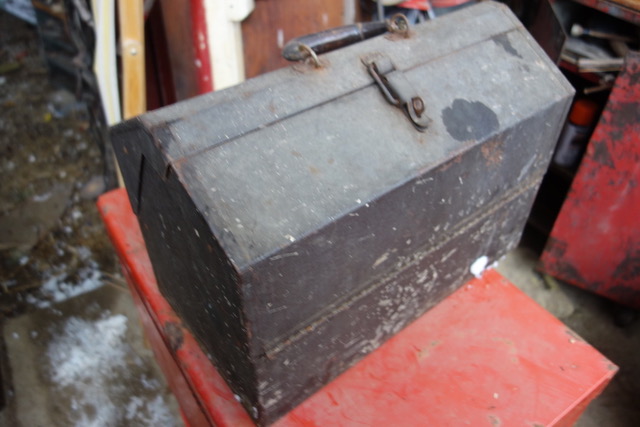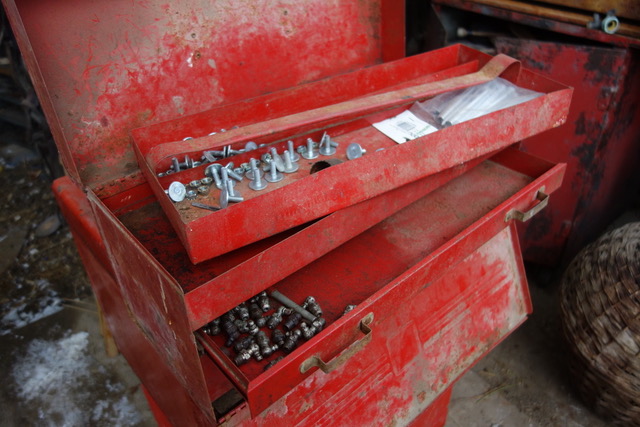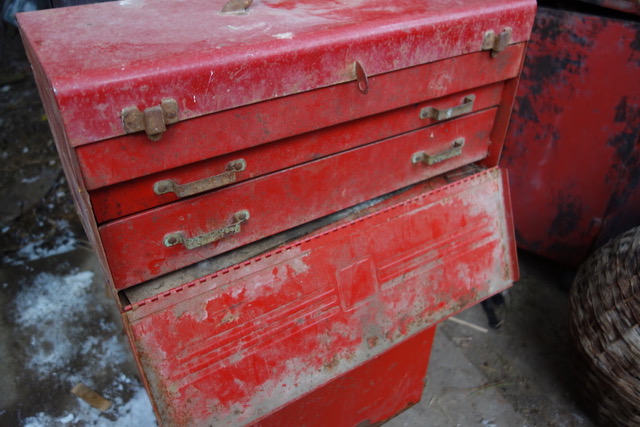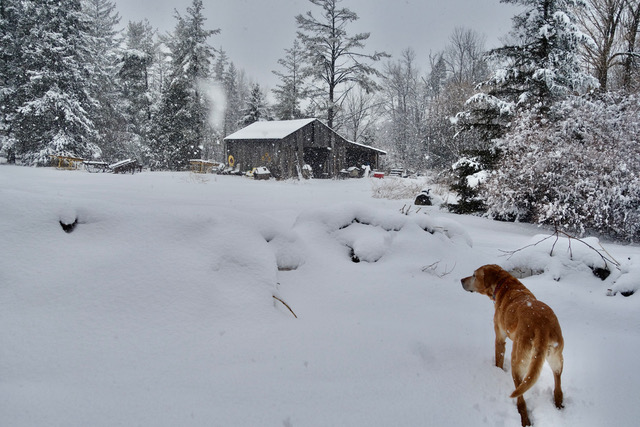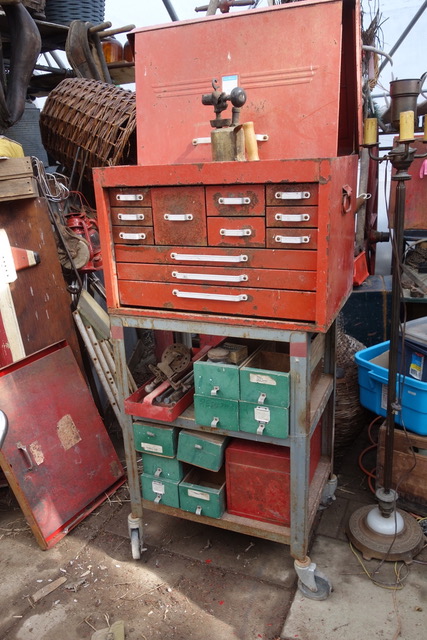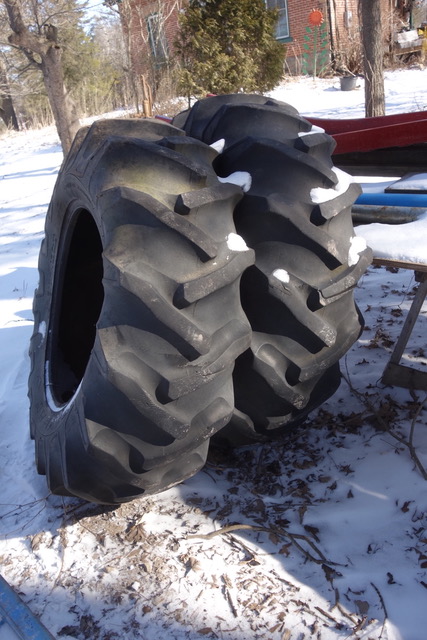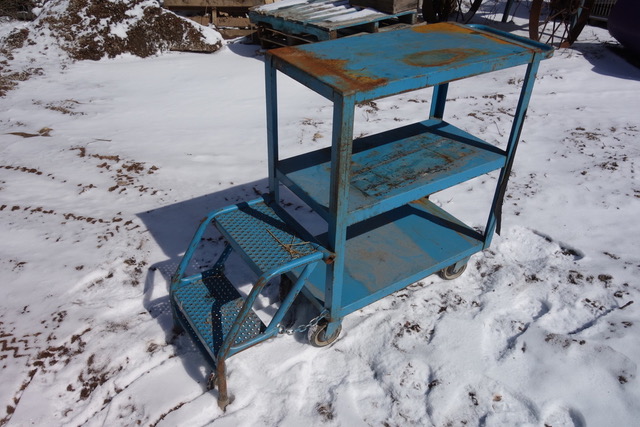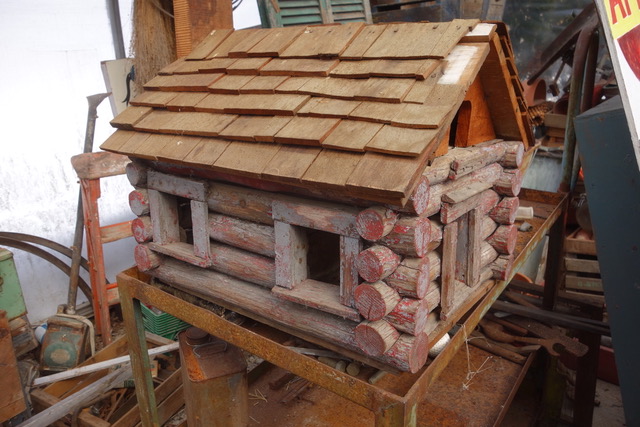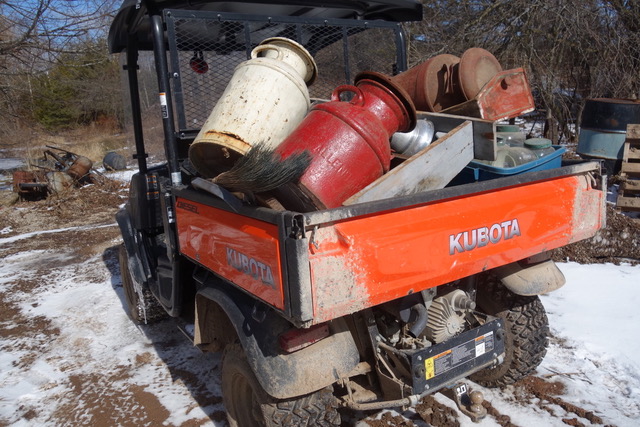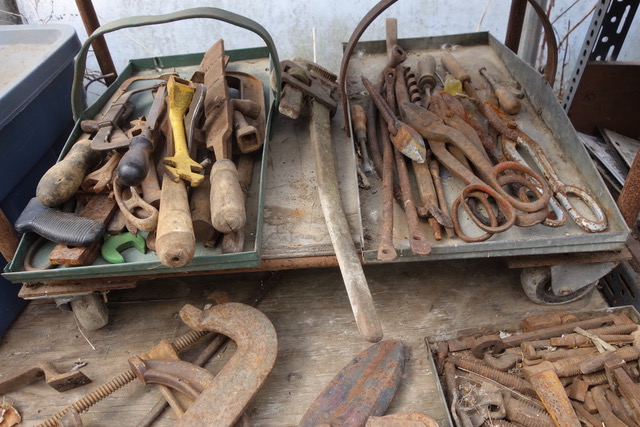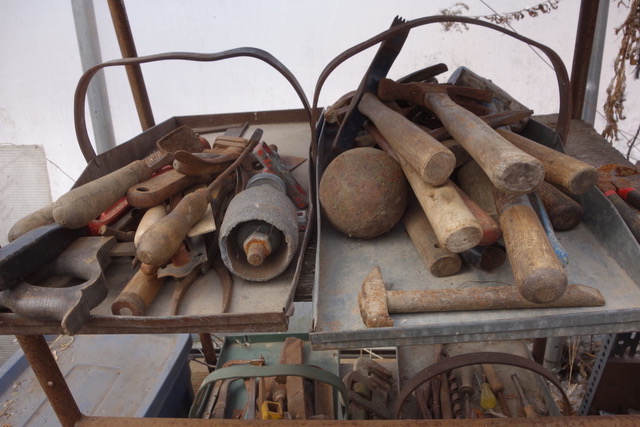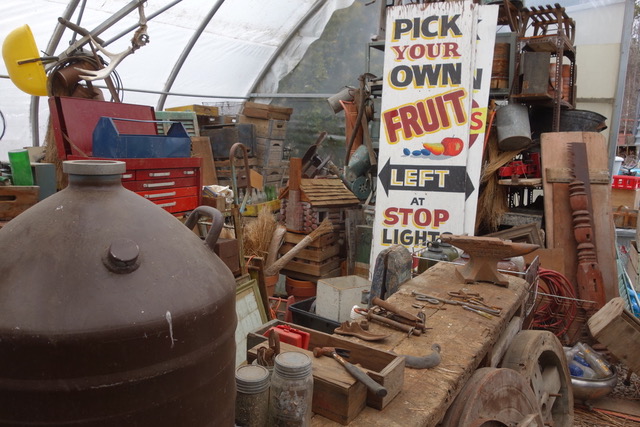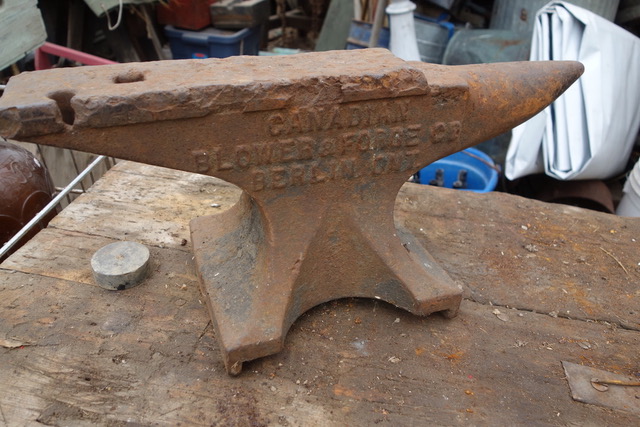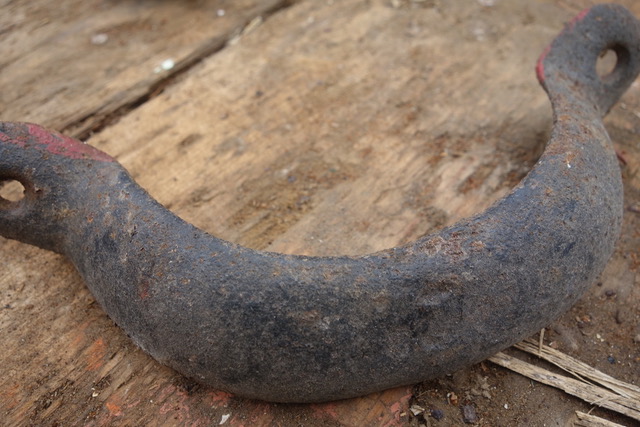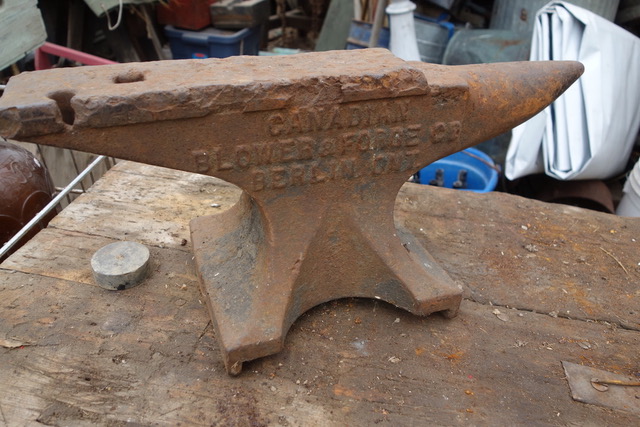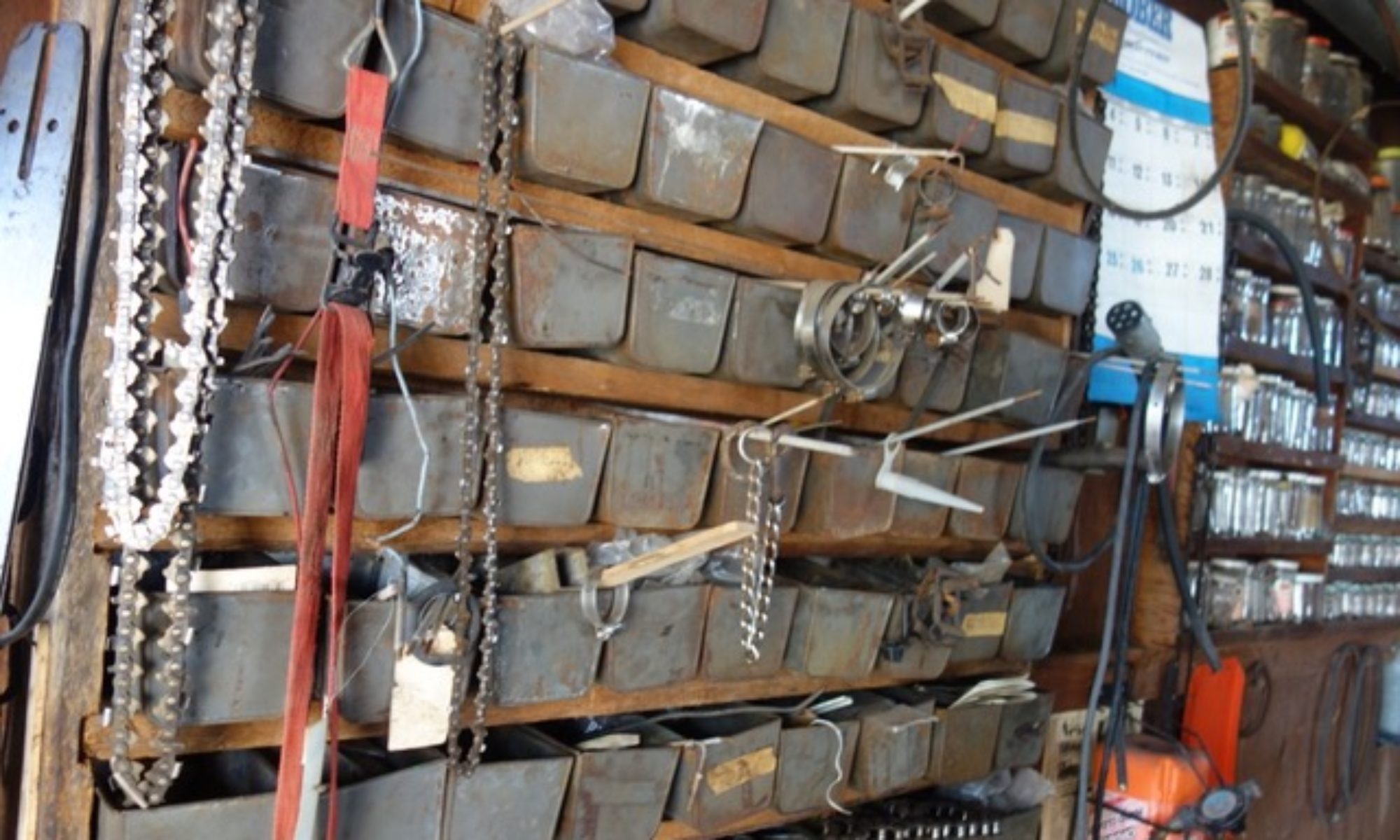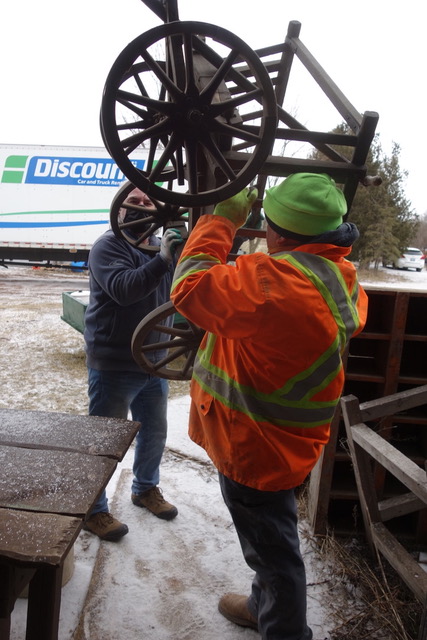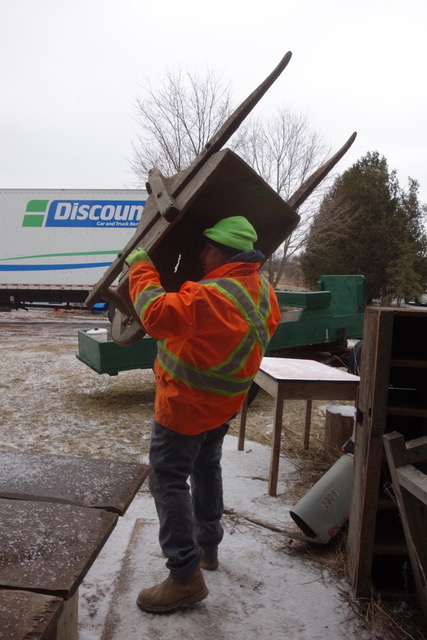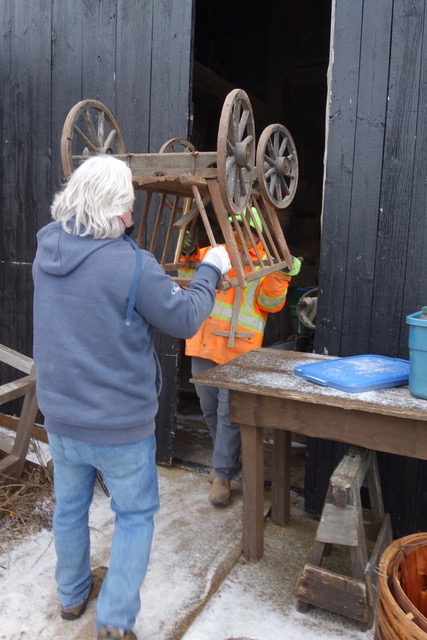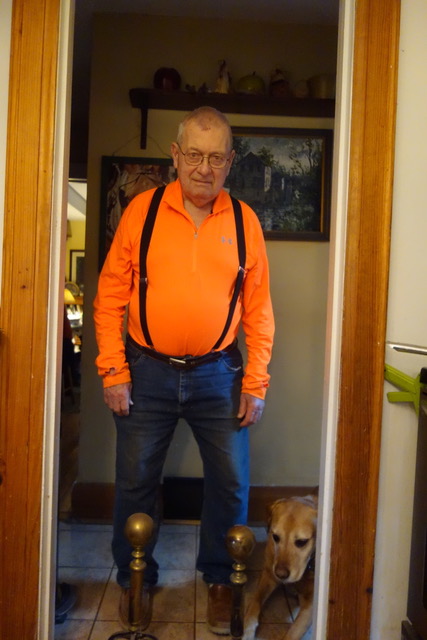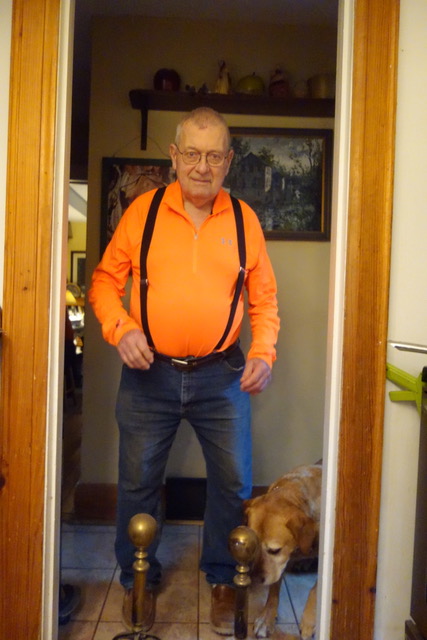EPISODE 566 EXPLANATION OF HOW ASTRONAUTS GO #1 AND #2 (i.e. Shooting Stars)
alan skeoch april 6, 2022
Have you ever wondered how astronauts relieve themselves (i.e. go to the bathroom…i.e. ______) ?
Well Chris Hadfield explains how using layman’s and laywoman’s language and a rather humourous explanation of shooting stars. Makes going #1 and #2 rather pleasant…particularly #2. Thanks to my cousin Owen who has a scientific interest in everything…and particular thanks to Chris Hadfield for making the wonders of the night sky a little less mysterious.
alan
EPISODE 566 EXPLANATION OF HOW ASTRONAUTS GO #1 AND #2 (i.e. Shooting Stars)
EPISODE 566 THE COMPLAINT…BIG TIME…NOT YOUR FAULT JIM BUT SOMEBODY’S FAULT…NOT MINE.
EPISODE 566 THE COMPLAINT…BIG TIME…NOT YOUR FAULT, JIM ,BUT SOMEBODY’S FAULT…NOT MINE.
DATE APRIL 5, 2022PASS THIS ALONGHi Jim,
Well, it happened again. Truck return with no loader. Just driver Keith who helped thankfully.There seemed to be a panic to get things back to suppliers like me (us) soI rearranged my day for this job…had to be back in city by 1 pm. Rushed up and back…100 km.Asked the person in charge of returning items tosend two people as i have bad knee and just had surgery on a minor thing on my head.“No lifting, Alan, until sutures come out”, said the surgeon. Bit of a laugh really. Your person on set did notunderstand the difficulty.REMEMBER THE PICK UP….Dilemma. To load the carts or send truck back empty? Decided to get help for the pick up where only oneman was sent…a driver. At the time I said make sure two people are sent with the return load. otherwise I could never get itback in barn so will have to get help from others. As you know.Just to get the carts to your truck on the pick up I had to hire this guy in orange otherwise the carts would nothave been loaded. He was not part of your film. You needed them for the next day. Imagine the problem you would face if the carts did not arrive on time.I know a lot of money is invested … on the day of shooting. So I accommodate as best I can.THE RETURNI had hoped the return would be smooth. Not so. Keith snd I could not lift them into place in the barn. I knew that. i. He is a driver and not supposed to load and restock. He did helpwhich he could have refused. A fine human being. For me the pain was like having this anvil (BELOW) on my knee. Not your fault…you are sick with Covid, The movie is big enoughto afford loaders. I am surprised that I was expected to get these carts back in barn alone.All was neatly packed. That was good. These are very fragile items…the carts. They are very old and were imported from Switzerland at high cost.Now I have to worry about them being exposed to weather.And my knee and stitches to head were complaining all night. Do not get me wrong. I know some of the people on set and they know me. Not a person who complains. I hate touse the ‘age card’ but I am a very senior citizen. In good health normally but not this time, I could have sent the load back but chose to dothe right thing with the cheerful help of Keith. I rearranged my plans to suit your return plans.We parked the truck at the road due to muddy fields…and ferried carts to the back of the barn using my ATV. But there was still lots of lifting.Keith showed me a picture of the set….my carts are front and centre on the mystery planet in the script. i.e. important to the movie. The carts look great.Now I face another trip up to farm when I get an extra person from my son’s business. Another 100 km and labour.
Pass this along to the powers that be.alanTHE ANVILTRY lifting this anvil with a sore knee. Try lifting it with a good knee then dropping it on your foot.
Fwd: Alan had KNEE AND FEET REPLACEMENTS…ONLY WODY CARED
EPISODE 566 ALAN HAD KNEE AND FOOT REPLACEMENTS…ONLY WOODY CARED.alan skeochApril 1, 2022
Episode 564 DISCOVERY OF HORN CORAL FOSSILS AND BIVALVES MILLIONs YEARS OLD
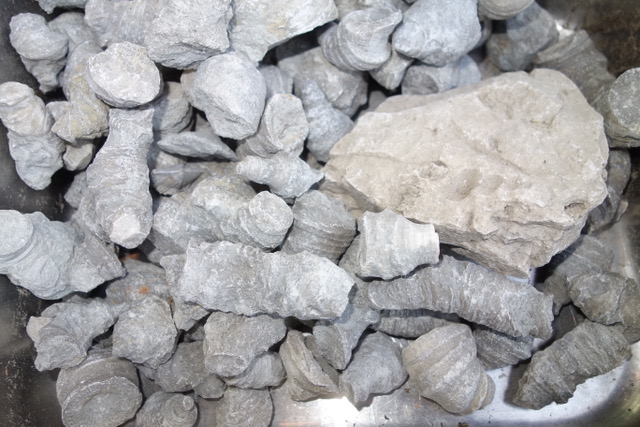
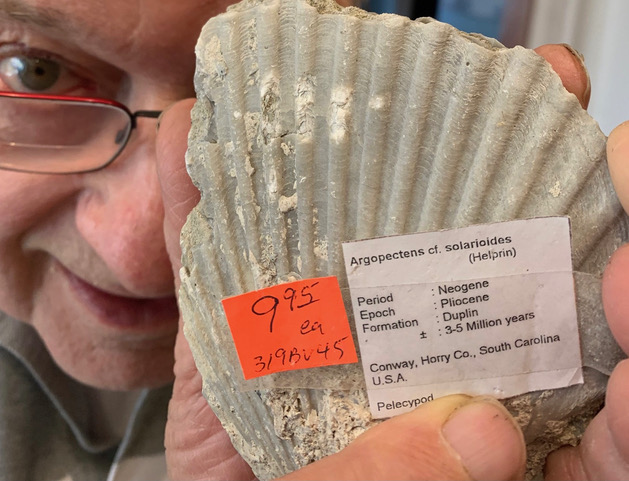
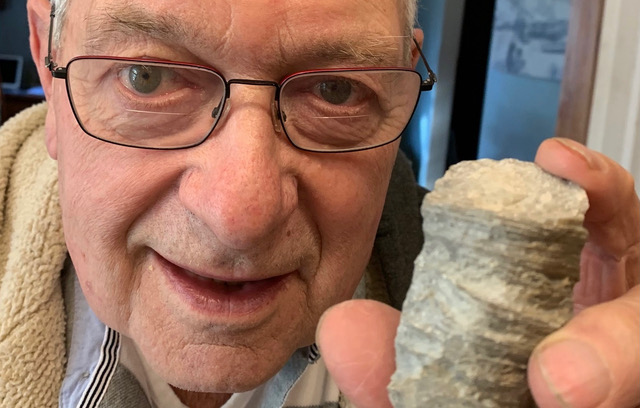
Curiosity is one prominent characteristic of the human animal. You and I.
(They taught me all I knew);
Their names are what and why and when
And how and where and who. rudyard kipling

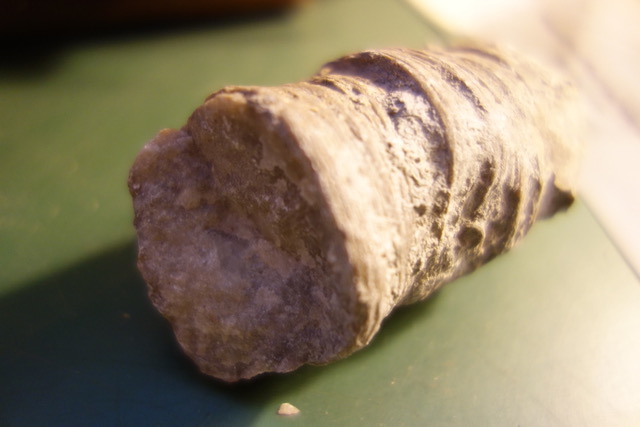
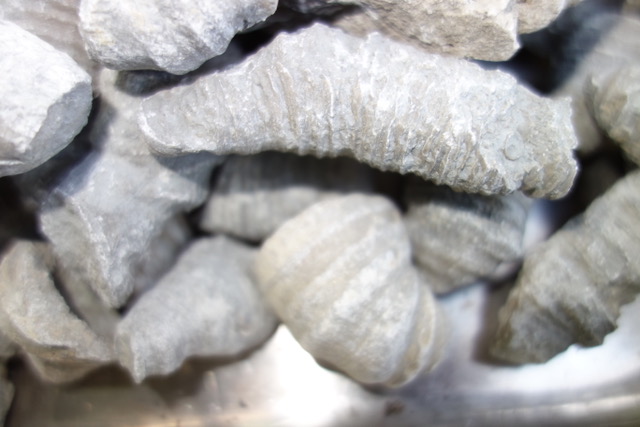
Overview
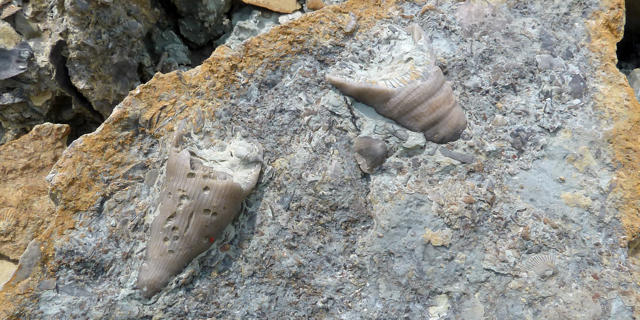

The Permian Extinction—When Life Nearly Came to an End
This mass extinction almost ended life on Earth as we know it.
Nearly all the world’s trees died en masse…252 MILLION YEARS AGO
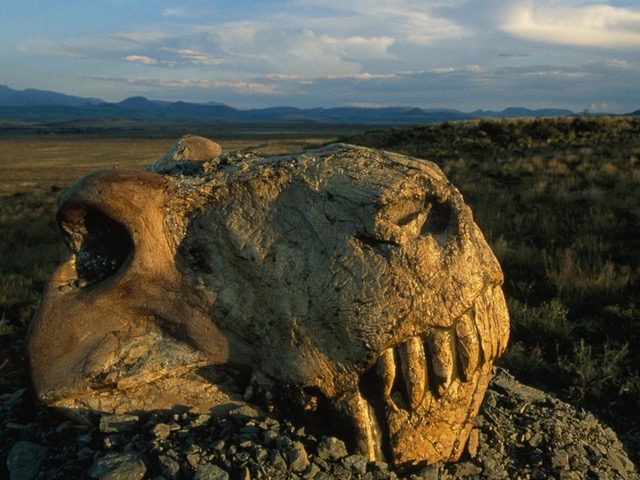
“It’s not easy to kill so many species,” says Doug Erwin, a Smithsonian Institution paleontologist. “It had to be something catastrophic.” Erwin and geologist Samuel Bowring of the Massachusetts Institute of Technology have dated volcanic ash in Chinese sediments laid down during the extinction. Bowring thinks the extinction took place in as little as 100,000 years—quicker than the click of a camera shutter on a geologic scale of time. Suspects must be capable of killing with staggering swiftness both on land and in the seas. As I spoke with some of the researchers on the killer’s trail, I learned how many suspects there are—and how difficult it is to develop a tight case.
An enormous asteroid impact is the prime suspect of Gregory Retallack, a geologist at the University of Oregon. The collision would have sent billions of particles into the atmosphere, he explains. They would have spread around the planet, then rained down on land and sea.
Retallack has discovered tiny quartz crystals marked with microscopic fractures in rocks from the time of the extinction in Australia and Antarctica. “You need staggering force, many times greater than a nuclear explosion, to create this shocked quartz,” said Retallack. “Only an impact could deform it this way.” A team of researchers recently found what may be that impact’s footprint buried below Australia—a 75-mile-wide (120-kilometer-wide) crater left by an asteroid more than three miles (4.8 kilometers) across.
I asked Retallack what an impact would be like if we had been standing a few hundred miles from ground zero. “You’d feel a shudder,” he replied. “Clouds of noxious gases would billow in and block out the sun for months. Temperatures would drop, and corrosive acid snow and rain would fall. After the clouds cleared, the atmosphere would be thick with carbon dioxide from fires and decaying matter. CO2 is a greenhouse gas; it would have contributed to global warming that lasted millions of years.”

The short-term effects alone—cold, darkness, and acid rain—would kill plants and photosynthetic plankton, the base of most food chains. Herbivores would starve, as would the carnivores that fed on the plant-eaters.
Other Permian detectives suspect the killer oozed up from the sea. For years scientists have known that the deep ocean lacked oxygen in the late Permian. But most life is concentrated in shallow water, in places like reefs. In 1996 English geologists Paul Wignall and Richard Twitchett of the University of Leeds reported the first evidence of oxygen depletion, or anoxia, in rocks that formed under shallow water at the time of the extinction.
Pollution sometimes turns waters anoxic today in regions that lack good circulation. Local die-offs of marine life can result. But Wignall suspects that the entire ocean may have stagnated in Permian times. What could still the currents that oxygenate the ocean? Perhaps a lack of ice caps during the late Permian led to the stagnation. Normally temperature differences between polar and equatorial waters create convective currents. Without those currents, anoxic water could have built up, spilling into shallow water as sea levels rose and smothering marine life.
Permian oceans also might have been poisoned with CO2, according to Andrew Knoll, a paleobiologist at Harvard. Oceanic bacteria eat organic matter, producing bicarbonate as a digestive by-product. Without currents, the load of bicarbonate could have grown in the deep ocean. Knoll thinks something big—he’s not sure what—disturbed the seas. Bicarbonate-laden water rose from below, he suggests. As it did, it depressurized. Dissolved bicarbonate was released as CO2, making the seas bubble at times like a glass of soda.
The crisis for marine animals would have started when toxic levels of CO2 entered the shallows. Fish would have grown lethargic and slowly fallen asleep. “Perhaps the Permian ended with a whimper and not a bang,” said Knoll.
Another suspect—a deadly epoch of volcanic eruptions—left a million-square-mile (2.6-million-square-kilometer) fingerprint in Siberia. Below the town of Norilsk lies a two-and-a-half-mile-thick (four-kilometer-thick) pile of lava, overgrown by conifers. Geologists call this vast lava field the Siberian Traps. It wasn’t produced by one volcano. “Thick, pulsing flows of glowing magma gushed out from numerous broad, flat volcanoes,” said geologist Paul Renne of the Berkeley Geochronology Center. “Hundreds of cubic miles spread across Siberia—enough to cover the Earth to a depth of about 20 feet (6 meters).”
For decades scientists have known the Siberian Traps were formed around the time of the Permian extinction. Could the greatest extinction be related to the greatest volcanic eruptions? Renne, an expert at determining the ages of rocks, has been trying to work out the timing of the events. His lab is filled with machines—tangles of high-voltage cables, vacuum lines, and stainless steel—that date rocks by measuring the decay of radioactive isotopes within them. Renne secured chunks of lava from the Siberian Traps and Permo-Triassic boundary rocks from China. He has determined the two events occurred within 100,000 years of each other. Renne doubts that’s a coincidence.
But the Siberian Traps volcanoes didn’t cause the extinction by swamping the world with lava. As volcanic gases poured into the skies, they would have generated acid rain, and sulfate molecules would have blocked sunlight and cooled the planet. Glaciation would have reduced the volume of water in the ocean, storing it as ice. Sea level would have dropped, killing marine life in the shallows and severely reducing diversity. Lowering sea level can also release the ocean’s methane, which, combined with CO2 from the eruptions and decaying organic matter, would likely produce greenhouse conditions. “In 1783 a volcano called Laki erupted in Iceland,” said Renne. “Within a year global temperature dropped almost two degrees. Imagine a Laki erupting every year for hundreds of thousands of years.”
Each scientist I met left me thinking that he or she was a clue or two away from solving the crime. But as Doug Erwin of the Smithsonian cautioned me, “the truth is sometimes untidy.” The Permian extinction reminds him of Agatha Christie’s Murder on the Orient Express, in which a corpse with 12 knife wounds is discovered on a train. Twelve different killers conspired to slay the victim. Erwin suspects there may have been multiple killers at the end of the Permian. Maybe everything—eruptions, an impact, anoxia—went wrong at once.
Could it happen again? “Sure,” Erwin replied. “The question is when. Tomorrow? A hundred million years from now?”



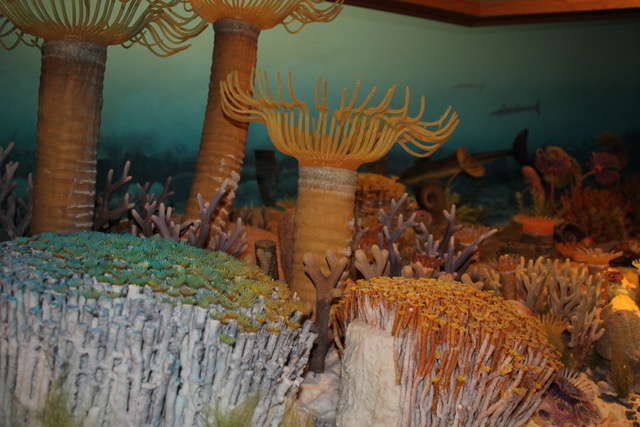

EPISODE 563 WHAT IS MOST POPULAR PICTURE?….BET YOU GUESS WRONG.

